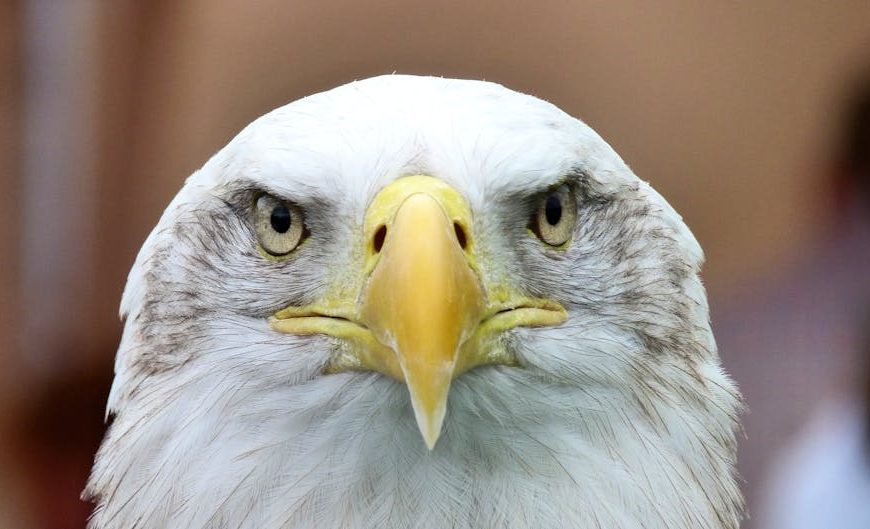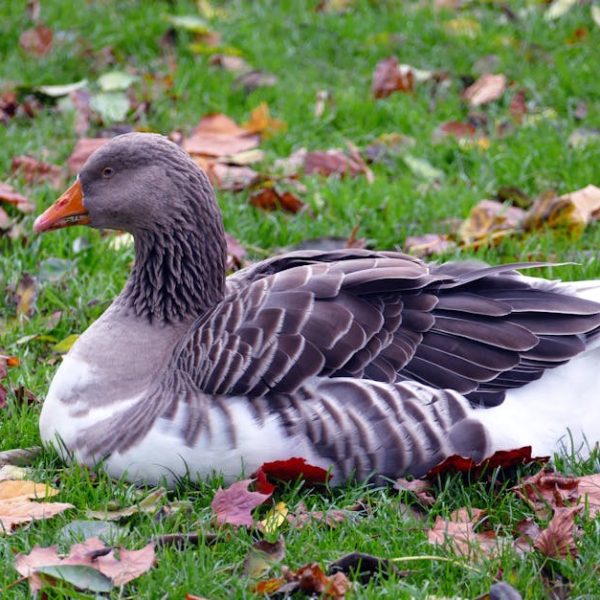Have you ever pondered what makes birds such effective flyers? Key to this unique capability lies in their anatomy – specifically, their hollow bones. Unlike mammals that have solid bone structure, bird bones are permeated with air-filled cavities, making them lightweight, yet astonishingly robust.
– The structural design: Bird bones often have a central bone cavity encased by a hard external layer of compact bone. Inside the cavity, a complex network of lightweight, crisscrossing struts renders rigidity to the structural framework.
– Weight reduction: The hollow empty spaces significantly reduce the bones’ weight without unduly compromising their strength. This lightness is vital for flight as it reduces the muscle power required to stay aloft and move in the air.
– Pneumatic bones: Some bird bones are ‘pneumatic’, i.e., they are connected to the respiratory system. Such bones not only further lighten the bird’s body but also aid efficient respiration — a dual benefit!
Pro tip : Birds’ hollow bones have evolved for flight rather than out of dietary requirements or environmental pressure. This is a testament to the incredible molding power of evolution.
Understanding Birds’ Flight Adaptability
Birds are synonymous with the epitome of aerial adaptability. Their uncanny ability to dive, hover, dart, or glide is intrinsically tied with their hollow bone structure.
For instance, a bird’s vertical takeoff is leveraged by its light body. Maneuverability in flight is attributable to the strength and rigidity of the hollow bones, which efficiently deal with the high torsional stresses generated during flight. Moreover, long-distance flights or migrations demand less muscular effort due to the reduced body weight, enhancing endurance for protracted journeys.
In comparison, other flying creatures like bats and insects, albeit being adept flyers, don’t possess the same level of aerodynamic prowess. The absence of hollow bones renders their flight energetic and less efficient.
Best Practice : By studying birds’ flight adaptability provided by their hollow bone skeletal system, we can gather invaluable insights for technological advancements. This knowledge can be incorporated into enhancing the efficiency of drones or other aerial vehicles.
Light Weight Vs Strength: A Balancing Act
Hollow bones present birds with a paradox – the need for lightness for flight and the necessity for strength to weather the demands of take-off, landing, and maneuvering in mid-flight.
- Pros: The hollow, air-filled bones reduce the body weight significantly, enabling birds to fly high and far. Additionally, their robust structure endows the necessary strength for maneuvering during flight.
- Cons: However, the hollow bones are somewhat more susceptible to fractures, making injuries a grave risk, especially in the case of high-speed collisions.
- Trade-offs: The balance between lightweight and strength is a delicate act of evolution. However, the ingenious concept of hollow bones clearly shows how nature easily addresses this conundrum.
Checklist✅: It’s crucial to understand that the adaptability of bird flight is a result of optimally balanced lightweight and strength. Each aspect holds significant importance in understanding the marvel that is bird flight.
The Role Of Air Sacs And Respiration In Bird Flight
High up in the skies, birds have the capability to breathe more efficiently than any terrestrial mammal due to the presence of air sacs attached to their hollow bones. This unique respiratory system has dual benefits: it aids in respiration and also influences flight.
- Unidirectional airflow: Unlike mammals that have a bidirectional airflow in their lungs, birds have a unidirectional system. Air sacs collect fresh air during both inhalation and exhalation, ensuring a constant supply of oxygen-rich air for flight muscles.
- Pressure regulation: Air sacs also maintain air pressure within the bird’s body, which significantly helps during high-altitude flights.
- Additional weight reduction: Serving as an extension of the respiratory system, the air-filled bones further reduce the bird’s body weight.
Pro tip : The avian respiratory system is impressively efficient. By understanding how the air sacs and hollow bones facilitate exceptional respiration, we can decode the enigma of their remarkable flight endurance.
Other Factors Influencing Bird Flight Adaptability
While hollow bones and air sacs play a pivotal role in avian flight, they are not the only factors. Other adaptations also contribute to the bird’s ability to master the skies.
The design of the wings, feather arrangement, and muscular structure all crucially aid in different types of flight patterns — from soaring and gliding of raptors to flapping flight of passerines and specialized flight like hovering in hummingbirds.
Here’s a quick comparison of various adaptation features and their role in bird flight:
| Feature | Role in Bird Flight |
|---|---|
| Hollow Bones | Provide lightness and strength, aiding bird’s buoyancy and maneuverability. |
| Wing Shape | Dictates the style of flight — soaring, gliding, flapping, etc. |
| Feathers | Provide insulation, streamline the body for aerodynamic efficiency, and control flight maneuvers through various feather arrangements. |
| Muscle Structure | Power the flight by supplying necessary force and stability. |
Best Practice : Studying birds’ flight adaptations beyond just their hollow bones can equip us with actionable solutions to modern engineering challenges. Who knows – the next breakthrough in aviation could lie hidden within the flight of a tiny bird!
Key Takeaway:
- Birds have hollow bones that lighten their body weight, improve flight adaptability, and provide sufficient strength for maneuverability in the air.
- Unlike other flying creatures, birds balance between lightweight and strength due to their hollow bone structure, making them efficient flyers.
- Birds’ hollow bones are integrated with an efficient respiratory system. The presence of air sacs in the bones ensures a constant supply of oxygen-rich air and paves the way for unidirectional airflow during both inhalation and exhalation.
- Hollow bones are further complemented by other flight adaptations such as wing shape, feather arrangement, and muscle structure that altogether enhance the flexibility and adaptability of bird flight.
It’s truly fascinating to see how nature has innovatively balanced weight and strength in birds through the genius design of hollow bones. This not only aids in their remarkable flight capabilities but also offers us profound insights for potential technological advancements. So next time you witness a bird soaring high, remember there’s intriguing science behind their effortless flight.
FAQs
Q: How do hollow bones increase a bird’s flight endurance?
A: Hollow bones reduce the overall body weight of a bird, minimizing the muscular effort required for flight. This advantage enables birds to indulge in long-distance flights and enhances their flight endurance.
Q: Are hollow bones susceptible to fractures?
A: Yes, the hollow nature of bird bones can make them somewhat more prone to fractures, particularly in instances of high-speed collisions.
Q: What type of airflow does a bird’s respiratory system follow?
A: Unlike mammals, birds have a unidirectional airflow in their lungs, facilitated by air sacs. These air sacs ensure a constant supply of oxygen-rich air crucial for flight muscles.
Q: How do air sacs contribute to bird flight?
A: Air sacs are extensions of the respiratory system. They aid in efficient breathing, regulate air pressure during high-altitude flights, and further reduce the body weight, enhancing bird flight.
Q: Are there other flight adaptations in birds apart from having hollow bones?
A: Yes, several other adaptations contribute to bird flight. These include the shape and design of their wings, the arrangement of feathers, and the structure of their muscles, all of which aid in different flight patterns.
If you found this article helpful, don’t hesitate to share it with others. For more insights on intriguing science topics, feel free to explore other articles on our website.












